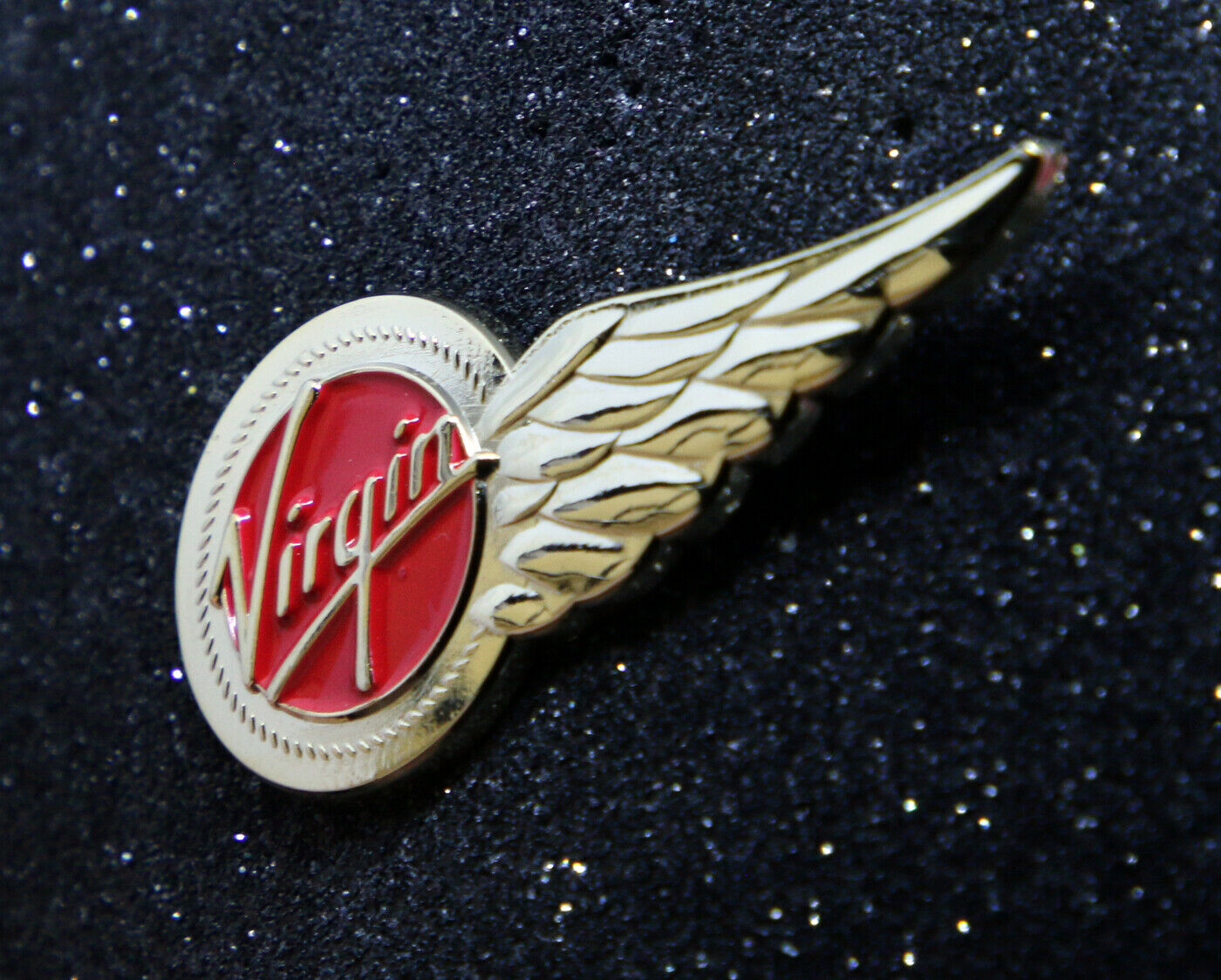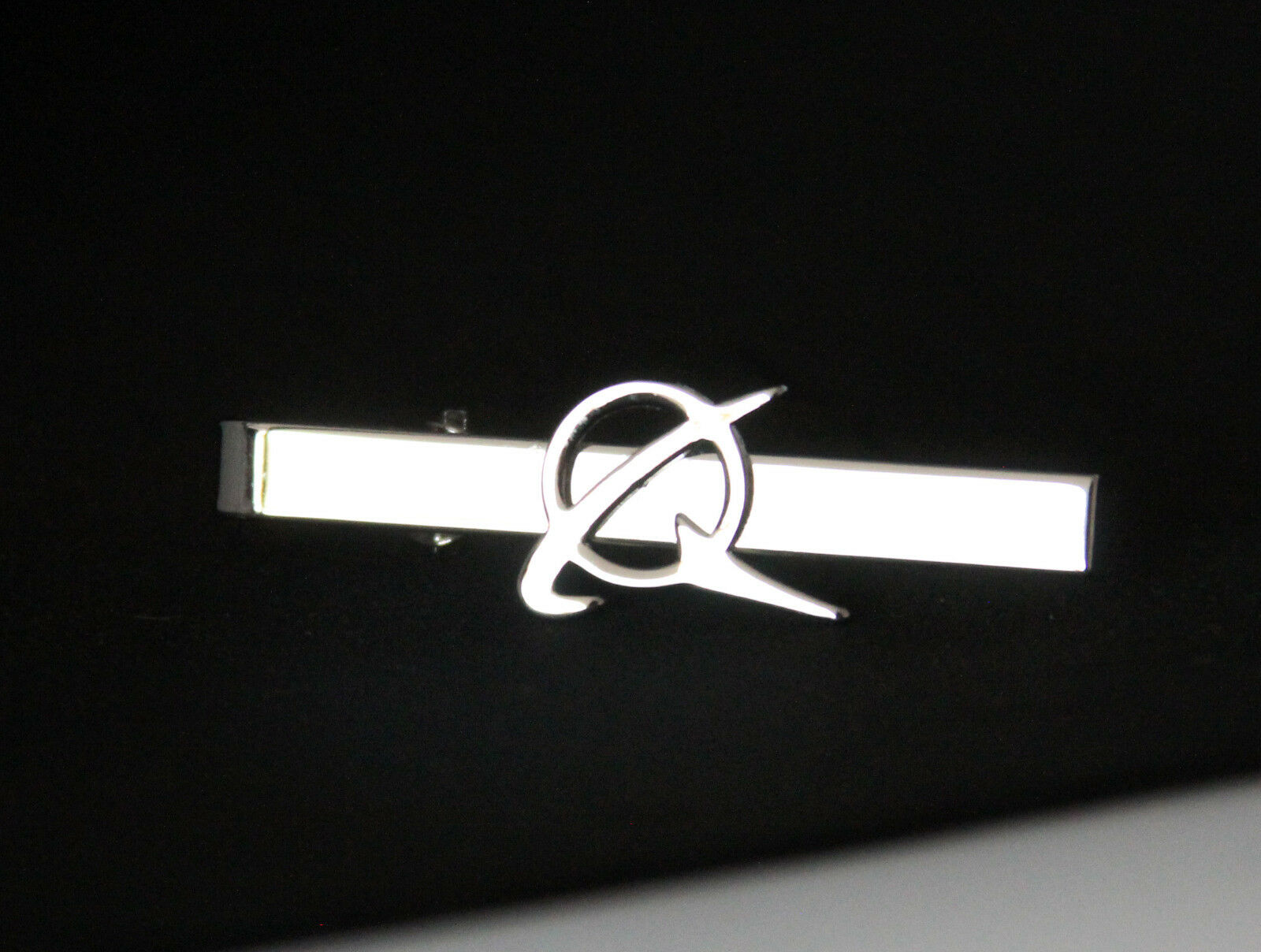-40%
APOLLO 13 COMMAND MODULE QUAD SWITCH PANEL - H2-O2 FAN SWITCHES
$ 57.55
- Description
- Size Guide
Description
Apollo 13 Command Module Switch includes:Multi-layer switch assembly.
Four real / movable heavy-duty
toggle switches.
(20A-125VAC / 15A-250VAC)
Accurately sized switch guards and bezels.
Custom fabricated toggle red switch boots.
Reproduction DZUS for enhanced visuals.
NEW:
Specially printed rear panel design with information about the Apollo 13 mission and the O2 tank explosion accident with diagram.
9" x 3" x 3"
Designed and manufactured in USA.
Ships within a few days. Custom manufactured item.
Important usage warning:
Although the switch panel is sold as memorabilia & display unit, it includes industrial grade toggle switch hardware as a part of its design. We utilize these components within our simulation projects and wire them in order to make the switches operational. In the case of powered operational use, the owner assumes all risk and liability for proper installation of this product. Concord Aerospace is not liable for any damages caused by the incorrect use or faulty wiring.
Makes a great gift for any Space Enthusiast and collector.
O2 Switch Panel Component History:
On April 13, 1970, while traveling 205,000 miles from Earth toward the Moon, an explosion rocked the Apollo 13 spacecraft, putting the lives of astronauts James A. Lovell, John L. Swigert and Fred W. Haise in jeopardy. Their goal of accomplishing the third human lunar landing quickly abandoned, the astronauts, with the help of engineers and controllers in Mission Control at the Manned Spacecraft Center (MSC), now the Johnson Space Center in Houston, stabilized their spacecraft and, using their Lunar Module as a lifeboat, as well as through judicious use of onboard resources, successfully splashed down in the Pacific Ocean on April 17.
Less than two minutes before the explosion, Mission Control requested that the astronauts turn on the O2 and H2 fans in all four SM tanks to ensure proper mixing of the cryogenic liquids. They had stirred the oxygen tanks on two previous occasions during the mission with only erratic pressure readings, but this time, likely due to the damaged Teflon insulation, a short-circuit occurred triggering a spark resulting in a combustion event. The pressure tank lost integrity and the oxygen escaping at high velocity caused the panel covering bay 4 to be blown off. This damaged the spacecraft’s high gain antenna located at the base of bay 4, accounting for the temporary loss of telemetry, as well as either oxygen tank 1 itself or its plumbing resulting in the slow loss of pressure. Without oxygen, the fuel cells could no longer generate electricity. Ground tests conducted for the Review Board confirmed these conclusions.
"
Houston, we have a problem
" is a popular but erroneous quotation from the radio communications between the Apollo 13 astronaut John ("Jack") Swigert and the NASA Mission Control Center ("Houston") during the Apollo 13 spaceflight,
as the astronauts communicated their discovery of the explosion that crippled their spacecraft.
The words actually spoken, initially by Jack Swigert, were "Okay, Houston, we've had a problem here". After being prompted to repeat the transmission by CAPCOM Jack R. Lousma, Jim Lovell responded, "Ah, Houston, we've had a problem."















